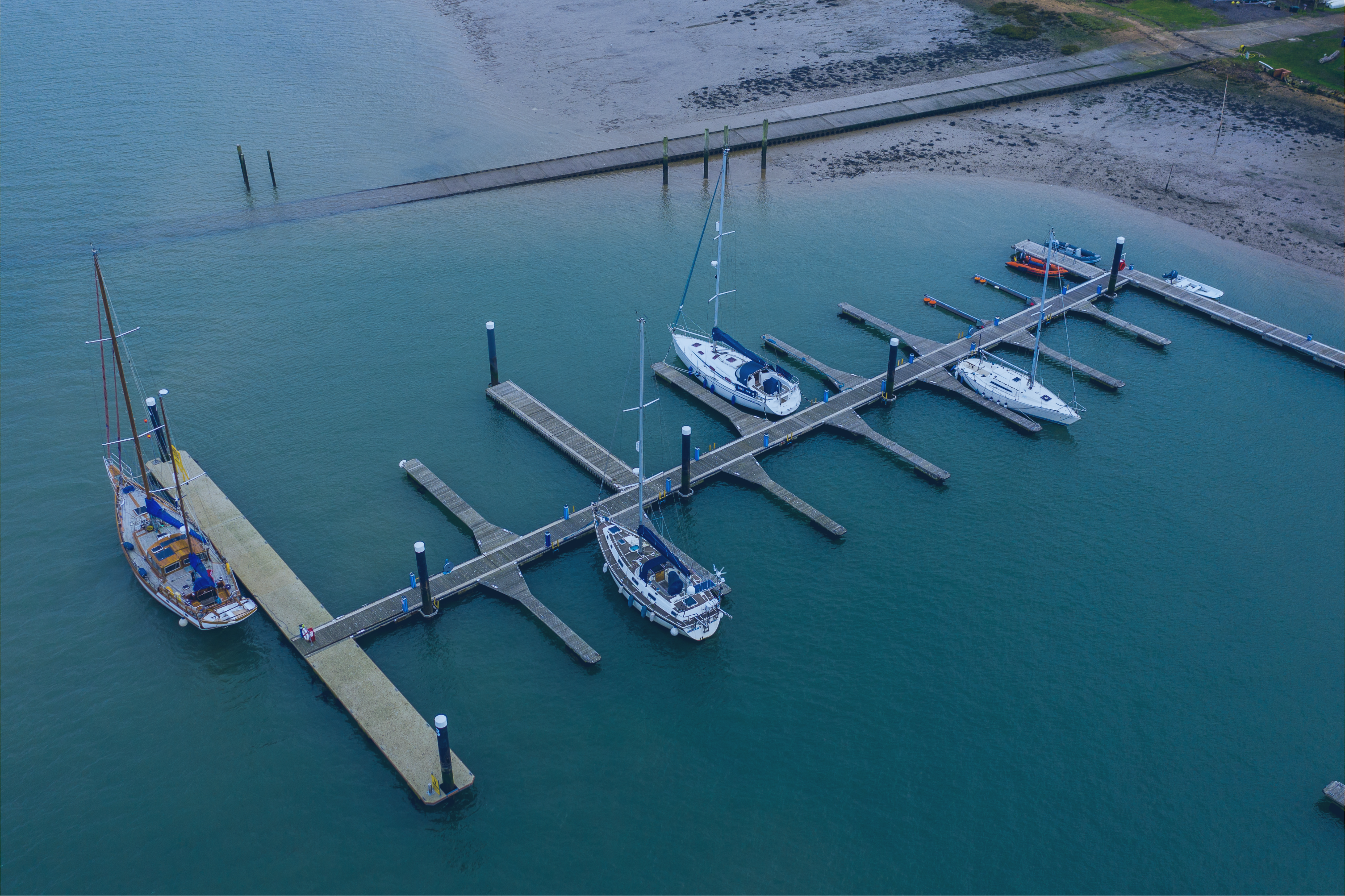
Why electric?...
This section is not to drive a hard sale or inflate the idea of electric beyond all else, but by the end of this short informative chapter we hope that some questions are answered and you are one step closer to deciding if it’s the right choice for you and your boat.
The main function of electric propulsion is no different to that of the diesel engine: provide forward and reverse motion for your boat. Our goal is to provide an available solution to those looking for alternative means of propulsion. In this case - Electric.
Through thoughtful design and carful manufacture we have produced a range of electric propulsion systems aimed at a wide variety of vessels.
Propulsion Unit
We are offering 6 propulsion products. These have a range of motor powers,
sizes and mounting options.
D-Drive 5, 10 and 20Kw
B-Drive (Belt Drive) 5 and 10Kw
C-Drive 10. 10Kw motor and stern assembly designed for the canal market and
steel hull construction.
Electric supply
As electricity is now the equivalent ‘diesel fuel’ for our boats. The chosen propulsion motor consumes the stored electricity in a battery to propel the vessel. The energy is then replenished, this is the 'fuel' bing charged into the battery. Getting this electricity for charging is not different to how it’s been done for years. – Through shore power hook ups, your typical 16 or 32A socket and lead. So arguably the infrastructure has been in the marine industry for many years.
Unlike the EV market the marine sector mostly has low voltage systems meaning they are not ‘super charging’ and don’t require such large and major alterations to the shore power supply infrastructure. So providing every boat in the marina isn’t charging all at once, the existing infrastructure should be able to cope for a few years at least - plenty of time for marinas to update their electric infrastructure to meet demands, as more and more boats move to electric and increase the load on the the shore power hook ups.
Off-Grid
All electric systems allow the boat to be self-sufficient, with the ability to charge the battery bank through renewables like solar PV and Wind gen. This is an important feature for electric boats that are not berthed alongside with access to shore power. Or just for those who like the ability to save on the electric bill.
Canal
Canal boats by design lend themselves to electric propulsion, with their low cruising speeds and long roofs ideal for solar PV charging and ability to fit large batteries below make them great for electric propulsion. This is proved and we have many case studies that run along the inland waterways with great success. Ultimately the range and time you have on battery power is very much dependant on the boat, her users and the conditions. For that reason it’s a difficult question to answer; run time, how long? How far?
We do however have experience in calculating figures for such questions, so can get close to and have a good estimate. With a balanced system, it is possible to cruise under electric power while generating/maintaining from the sun, moor up with enough power for the evening and into the next morning.
Sailing
Here unlike the rest of the vessels, electric propulsion is auxiliary power. Used to manoeuvre out of a berth or harbour, point head to wind for raising the sails or motoring if the wind dies. The resultant propulsion for a sailing boat is often smaller than that of equivalent size power boat. The power used up motoring is replenished sailing through re-gen and/or when stationary with solar and wind.
For a sailing boat the ability to balance the electric system with off-grid generation is important. With the absence of an engine, energy management is key, instruments, navigation and lights are needed when sailing, this equipment needs power. So previously when and engine could charge the batteries to power this equipment. It’s now important to consider how the propulsion and house batteries are recharged.
Generators
This adds in a layer of security for the power demanding vessels, gen-sets are great for offering extended range and power backup in low light and wind for solar and wind generation. Sizing is anything form 1,2Kva< bare in mind that unless the generator is larger, 6Kva + then maintaining the motor demand on a generator with flat batteries is unlikely. However in not many hours they can refresh empty batteries providing the power for the systems and propulsion.
Again though, we are keen to make people aware of the mindset shift that’s needed for conscious energy usage. Sailing when there’s wind, motoring slower for increased range and planning a trip instead of burning more fuel for the sake of getting from A – B.
Environment
What an interesting topic!
As a company we are aware of the increasingly fragility of the world on all levels. This motivates us into what we do being centred around challenging the way people do things, think and act. Finding alternatives, innovating, and saying 'why not'?!
We are an engineering company run by engineers. We have ideas we make them happen. So when it comes to our environment and the places we call home, let’s think carefully and act on what we know.
